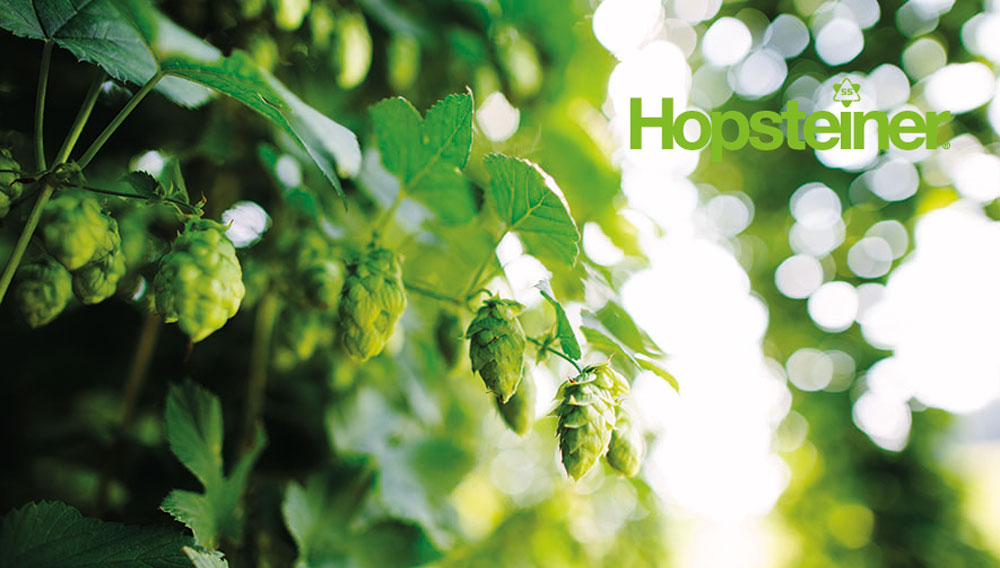Dry Hopping – a Peculiarly British Practice!
Traditionally used by the British cask ale brewers to add a strong, distinctive hop character to beer in cask, this practice has also now been adopted by the world craft brewing sector to produce a range of significantly different products.
Originally handfuls of carefully selected aroma hops were added to casks prior to filling but this practice was largely replaced by the use of whole hop pellets in which the leaf hops had been broken up from the bale and compressed through a large bore die to produce a ‘plug’ or ‘bung’. Now different types of pellets are often used.
Dose rates can vary widely ranging from 15 -100 grams per hectolitre but the resultant flavour depends, not only on the hop variety and quantity used, but also on the contact time. Ideally contact time should be a minimum of one week but two and even three weeks are not uncommon. During this time not only are the more soluble oxygenated fraction compounds leached from the hops but also some of the less soluble hydrocarbons such as Myrcene.
Beers may also be dry hopped in conditioning tank using either loose hops or pellets but in each case these materials are usually held within a muslin bag suspended within the tank to avoid subsequent problems of hop debris blocking pumps, filters etc.
The use of dry hopping techniques can have a measurable impact on beer analysis. The table below shows some of the changes that have been measured in beers dry hopped in conditioning tank. ...
Read the complete article here!
Source
Simon H. Steiner, Hopfen, GmbH, Mainburg, Germany


